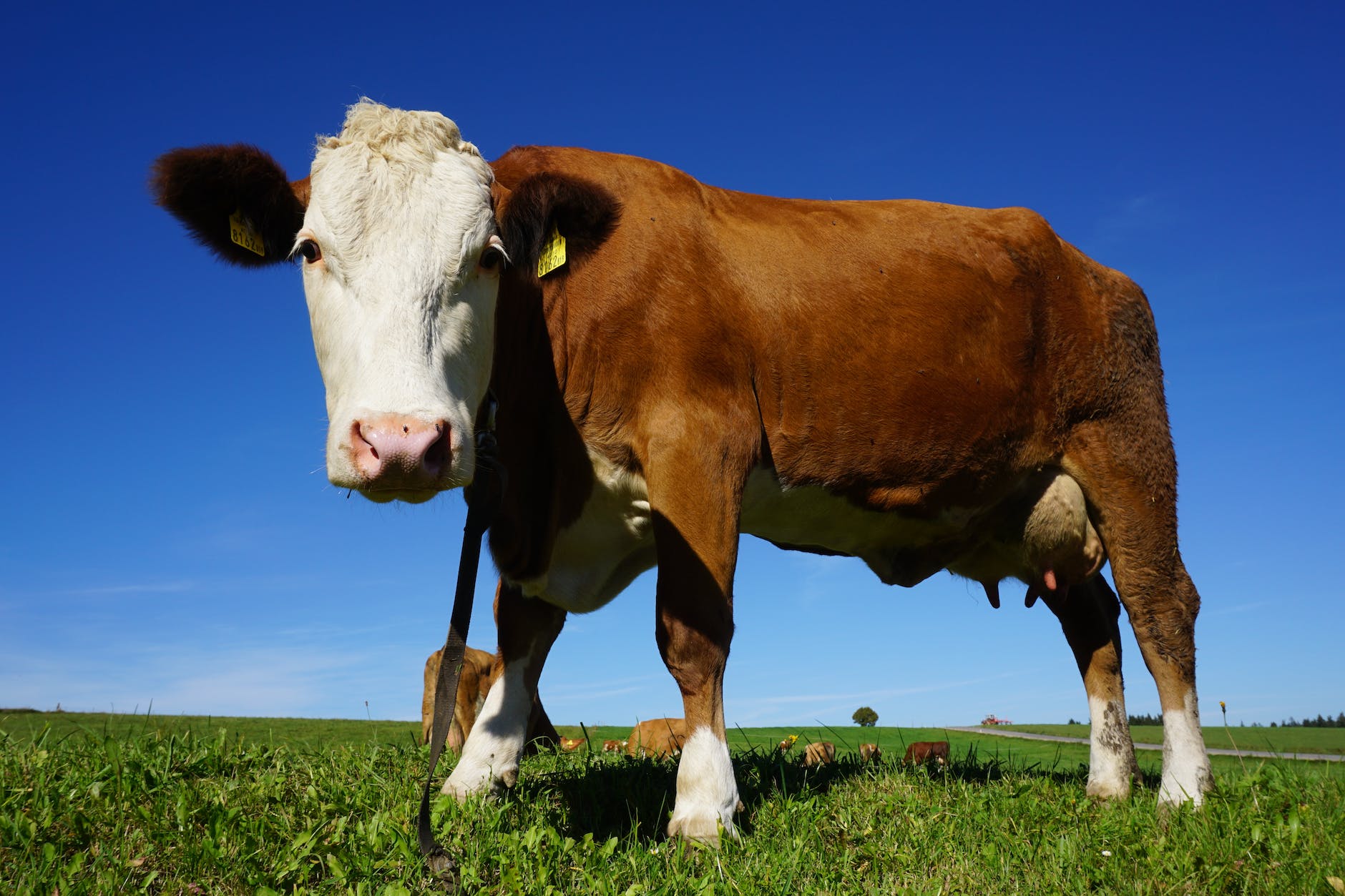Ryan Cook from the University of Nottingham in the UK spoke at the Nanopore Community Meeting 2021 about “Phages, faeces, and PromethION: using nanopore to investigate the cattle slurry virome.” They described the slurry tank produced by cows: a large tank of feces, urine, bedding, and waste from cows… This is a tank open to the environment that receives rain water and items from the environment. A fraction of the volume of the tanks is frequently removed and used for agricultural purposes. Cook mentioned that about 10% is left and the rest used as fertilizer every couple of months. Cook and team sequenced the viral and bacterial DNA using PromethION sequencing and then improve the assemblies with Illumina sequences. They obtained samples over a five month period. The PromethION contigs were about 2 kb larger than those from Illumina sequencing. Polishing of reds helped increase the protein length, presumably through removal of early stops and errors. The comparison of Illumina and PromethION assemblies indicated that polishing helped increase diversity. Dereplicating further improved the assemblies. Their work uncovered 7,682 putative phage genomes and many novel genes. They found one free virus that was highly similar to a previously discovered prophage… found a decade earlier! These studies helped understand the viral and bacterial genomes present in slurry tanks.



